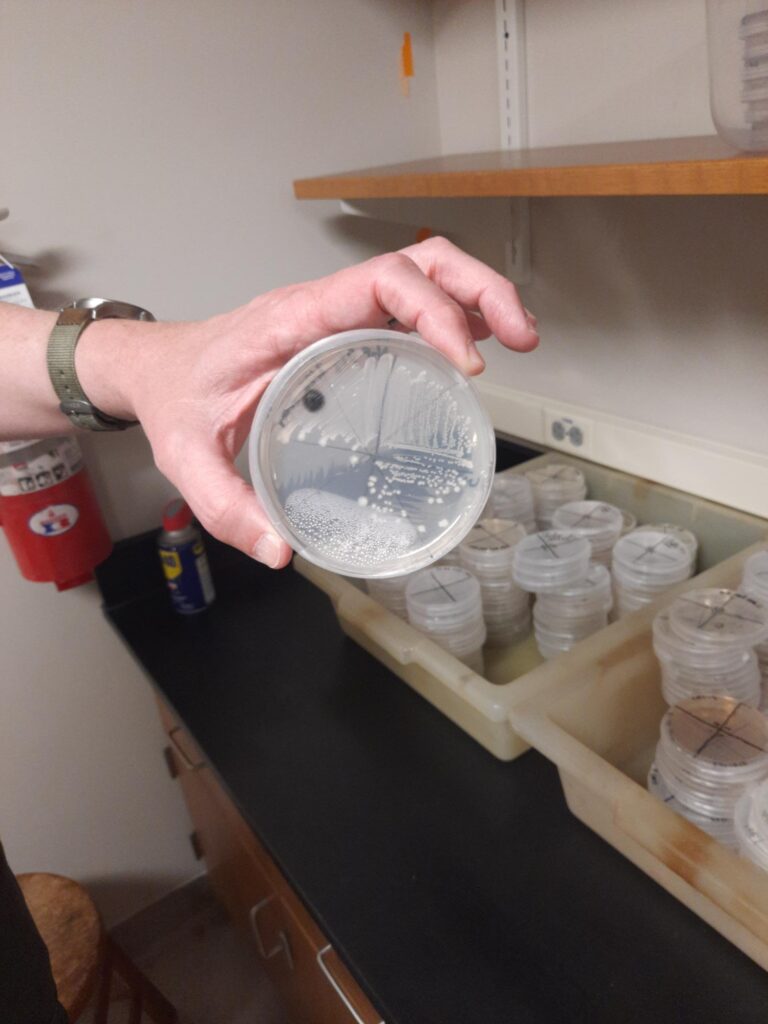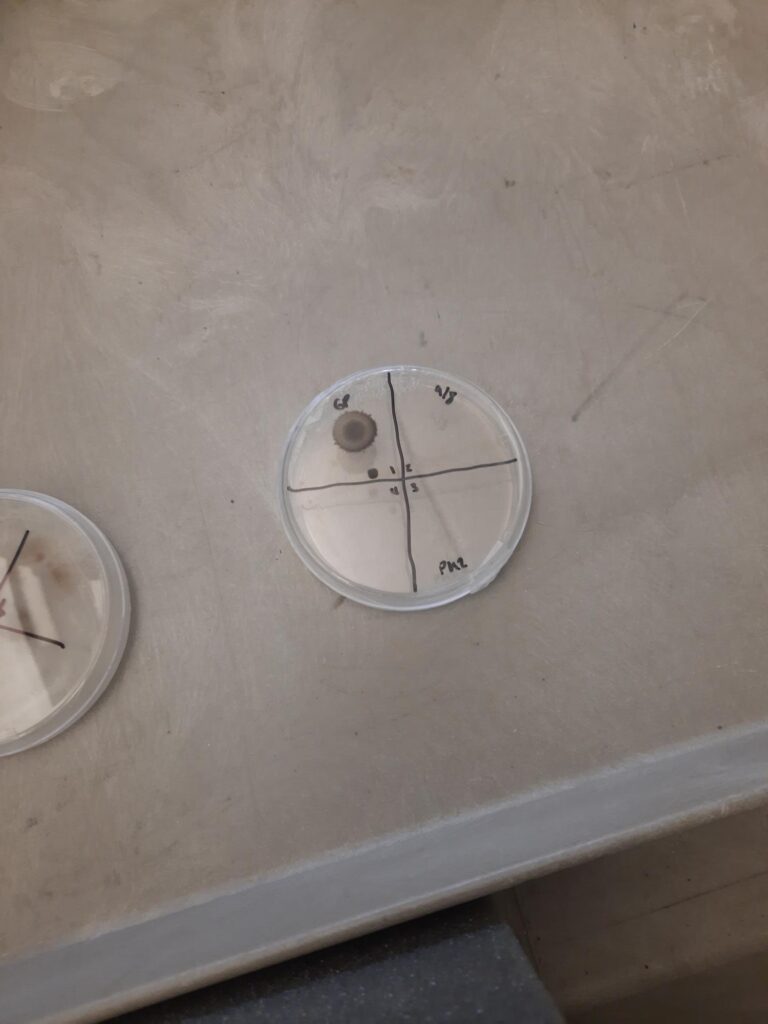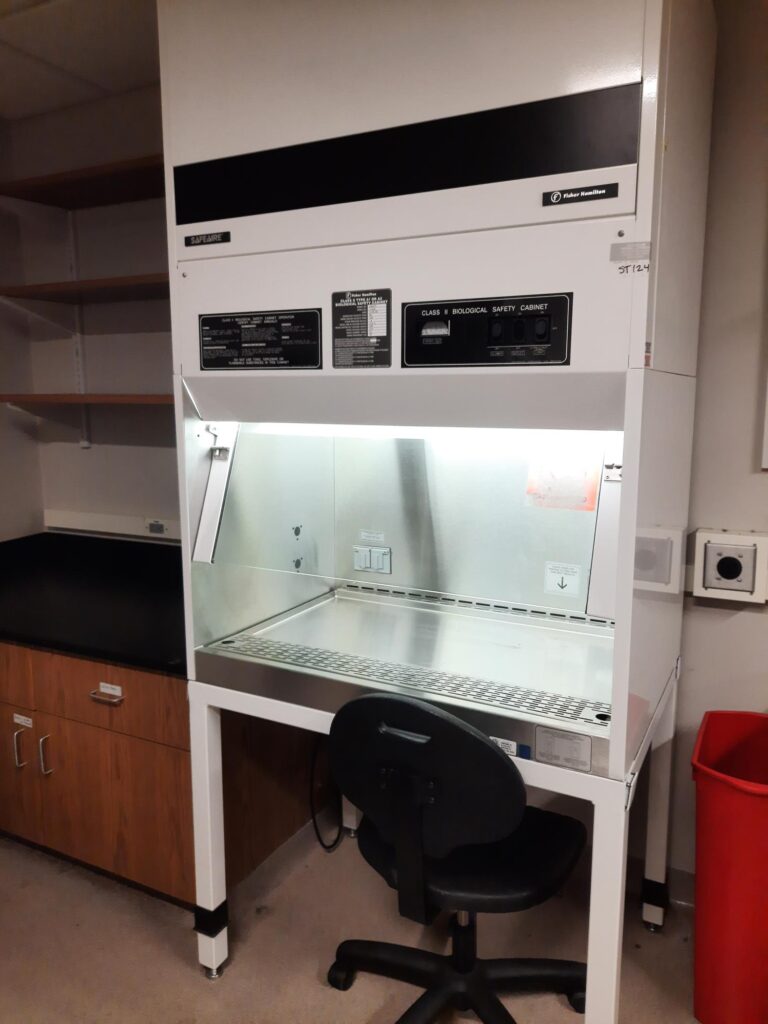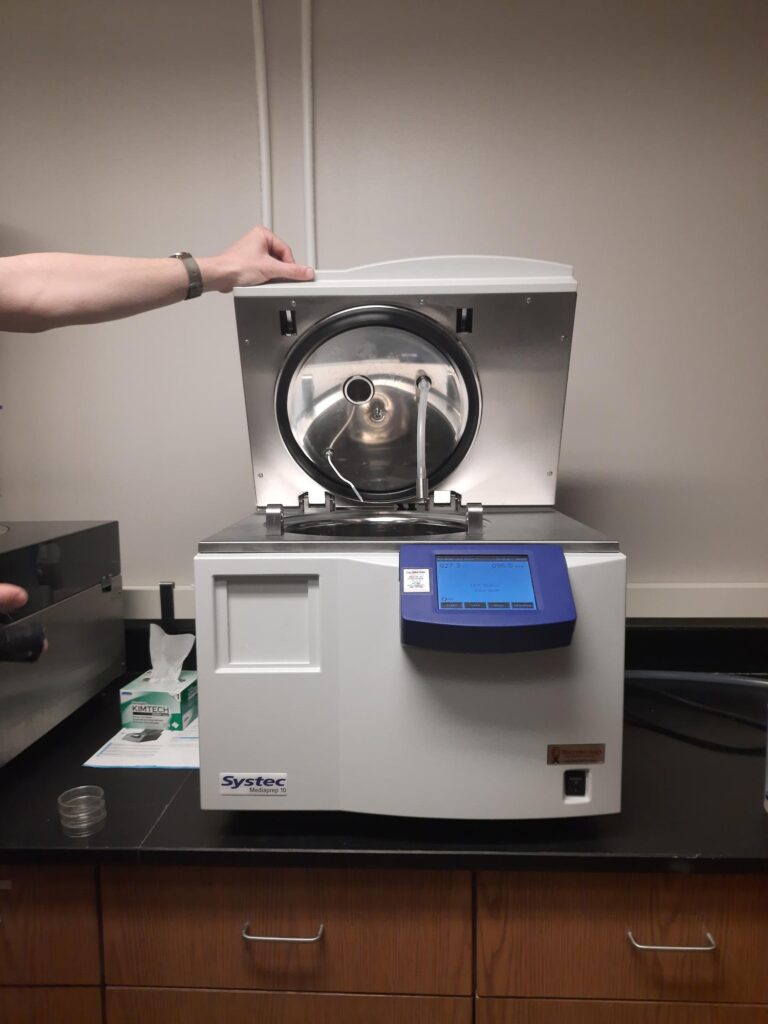Mold is a fickle fungus that WCU has battled with. Hunter Library had a mold growth issue, and many infected books were thrown away. The CAT studios were cleaned for mold on March 15 after two years. Dehumidifiers are in many school buildings, to prevent mold growth.

I wanted to know more about the science of mold itself. Instead, I discovered that mold is also unwanted in WCU’s microbiology lab.
I emailed the WCU department heads of chemistry and physics, biology, and health and human sciences requesting an expert on mold. No WCU professors are experts on mold itself, but a WCU biology professor and mentor for 21 years, Dr. Sean O’Connell, prevents mold from growing in bacterial cultures.
“My favorite quote about microbiology is from Louis Pasteur who said, ‘The role of the infinitely small in nature is infinitely large.’ I think this nicely sums up the importance of microbes to humans and all other life,” O’Connell said in an email.
What are bacterial cultures?
A bacterial culture is a way to grow a bacterium from a sample like soil from WCU’s campus or a human sample like skin or blood.
A single bacterial cell interacts with a medium, a chemical mixture used to help grow the bacteria. According to O’Connell, some common kinds of media are Luria Broth Agar and Nutrient Agar, which are used to grow many well studied bacteria. Antibiotics can be added to media to inhibit the growth of some bacteria or mold.
Bacterial cultures are used in medical fields to help create medicines such as antibiotics, diagnose patients with diseases, and to even make household cleaners from bacterial enzymes, according to O’Connell.
Mold in bacterial cultures: how to prevent it

Mold is unwanted because they can spread and take over whole bacterial cultures. They also produce countless spores that can easily move to other cultures and contaminate them.
Mold could grow in a bacteria culture if tools used to make it are not sterile or a mold spore from the air lands in a culture. O’Connell described a time when a student was making a bacterial culture in a classroom in Stillwell and a mold spore from the air landed in their sample, grew, and filled the entire plate.
View the video below to see how O’Connell prevents mold from growing in a bacterial culture.
A few ways to prevent mold growth in a bacterial culture is to clean the lab table with alcohol, use a Bunsen burner to cause convective flow to move mold spores and airborne bacteria away from the work area, and add the antibiotic cycloheximide to media to minimize mold contamination.

Another way to prevent mold is to make a culture under a laminar flow hood that uses air circulated within the hood that is sterile. This prevents mold spores from the air contaminating the sample.
Autoclaves
An autoclave is a machine that uses steam, heat and pressure to kill harmful bacteria, viruses, fungi, and spores on items placed in the autoclave. According to O’Connell, once the media is sterilized, the microbiologist can fill petri plates with media, allow it to cool and solidify, and add their sample.
Autoclaves are also used to dispose of bacterial cultures. The cultures are sterilized so there is no risk of contamination when thrown in the trash, and if there is glass, it is put in a disposable glass waste box.
View the video below to see WCU biology student, Ben Smith, use an autoclave to sterilize bacterial cultures before they can be thrown away.

WCU has another autoclave that was added in December 2022, according to O’Connell. The autoclave sterilizes media but also has a separate machine to pour media into petri plates. Instead of filling plates with media by hand, this autoclave fills the plates with media automatically, saving microbiologists much time and strain.



